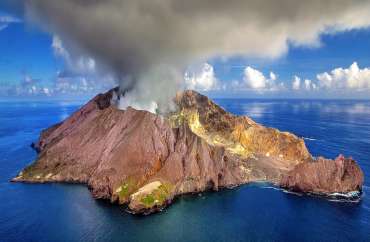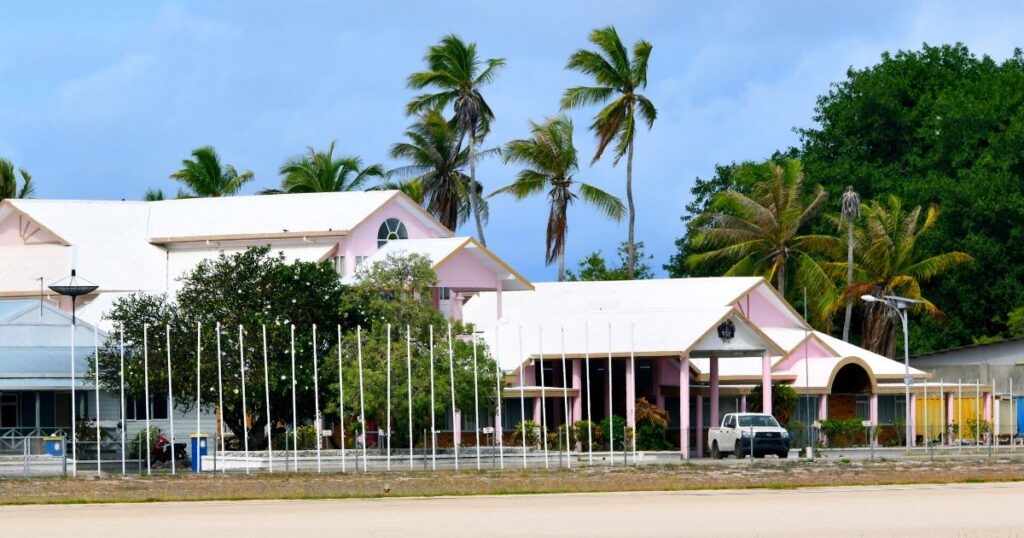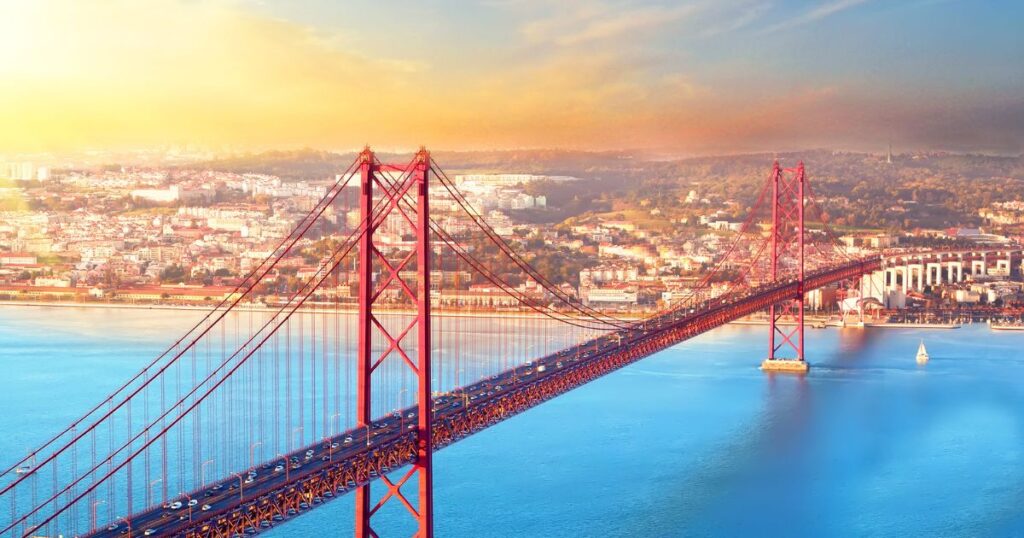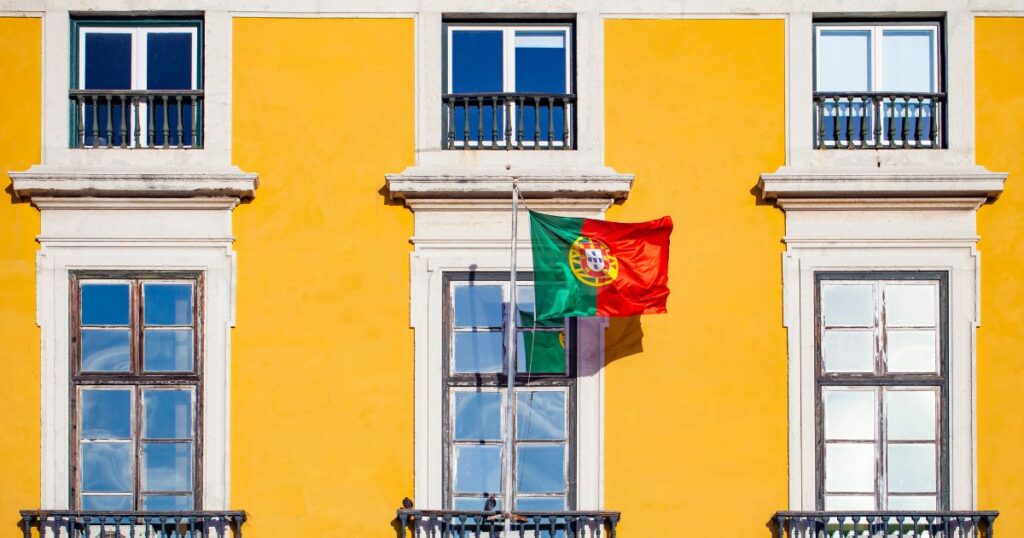Natural disasters risks are the No.1 reason for the creation of citizenship by investment (CBI) industry. Natural disasters come in many forms earthquakes, hurricanes, volcanic eruptions, flooding etc. These events have only increased frequency over time against the backdrop of global climate change leaving small countries very vulnerable.
Small states in the Caribbean and the Pacific are particularly vulnerable to natural disasters, with annual average damage of 2–3 percent of GDP
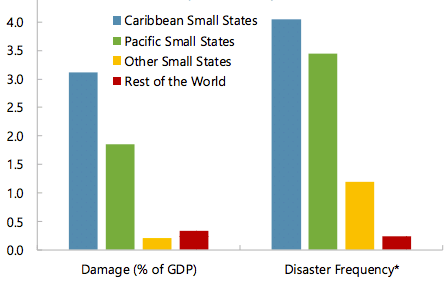
Source: IMF – The disaster frequency for Caribbean is 4x times higher than the rest of the world, pacific 3.5x times higher.
Citizenship by Investment
Citizenship for sale schemes were created back in 1980’s against this backdrop to raise revenues for the recovery from catastrophic damages caused by natural disasters. CBI schemes became popular only after 30 days by 2010 and since then have helped raise revenues 50% of GDP from sale of passports. This money have been used as a lifeline for instant recovery efforts by many countries (eg. Dominica, Antigua etc).
IMF has recommended small and low income countries in building resilience to natural disasters in disaster-vulnerable states. Study shows that natural disasters such as droughts, floods, and storms can often cause damages totaling 50 percent of a country’s GDP, with indications that frequency and size of catastrophes have risen over the past 20 years. Climate change amplifies these risks.
IMF also found evidence of significant macroeconomic impact of citizenship by investment programmes on many small states. In the Caribbean region where five small states offer them, the industry jumped from 0 per cent of regional GDP in 2007 to a substantial 5.1 per cent in 2015. At a country level, the CBI ndustry contributing 14 per cent of GDP in St Kitts in 2014 and 9.5 per cent in Dominica in 2015-16.
In Dominica, funds from the CBI program have been used to aid the recovery from devastating hurricanes and tropical storms. Similarly, in Antigua and Barbuda, the income is being used in the reconstruction of Barbuda, which was badly damaged by hurricane Irma. In Grenada, 40 per cent of the income is put into a contingency fund to clear debts or deal with natural disasters.
Let us understand a bit about natural disasters and risk impact on countries.
Top 10 High Risk countries for Natural disasters
The WorldRiskIndex is based on a model for calculating the risk of disasters arising directly from earthquakes, cyclones, floods, droughts or sea-level rise.
According to World Risk report 2019, the top 2 countries that has the highest risk for natural disasters are CBI countries
- Vanuatu – 56.71 (risk score)
- Antigua and Barbuda – 30.80
- Tonga – 29.39
- Solomon Islands 29.36
- Guyana 22.87
- Papua New Guinea 22.18
- Brunei Darussalam 21.68
- Guatemala 20.69
- Philippines 20.69
- Bangladesh 18.78
The three countries having the highest disaster risk worldwide are the island states of Vanuatu (index value: 56.71), Antigua and Barbuda (index value: 30.80) and Tonga (index value: 29.39). Island states are above average among countries with a high or very high disaster risk across all continents.
Top 10 Safe Countries from Natural Disasters
- Qatar – 0.31
- Malta – 0.54
- St. Vincent and the Grenadines – 0.80
- Grenada 1.01
- Saudi Arabia 1.04
- Barbados 1.35
- Iceland 1.71
- Egypt 1.84
- Finland 1.94
- Estonia 2.04
The Caribbean
The Caribbean lies in the North Atlantic Ocean, one of the six main tropical areas of the Earth where hurricanes may develop every year. Within the 114 years between 1886 and 1999, approximately 1050 tropical storms have been recorded in the North Atlantic. About half of these attained hurricane strength.
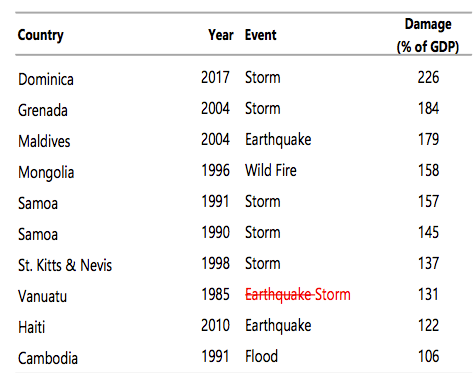
Source: IMF
According to IMF report, since 1950, 511 disasters worldwide have hit small states—that is, developing economies with populations of less than 1.5 million. Of these, 324 were in the Caribbean, home to a predominant share of small states, killing 250,000 people and affecting more than 24 million through injury and loss of homes and livelihoods.
Antigua and Barbuda
Prime Minister Gaston Browne estimates that 95% of the structures on Barbuda were seriously damaged or destroyed by Hurricane Irma, although the larger island of Antigua was largely unscathed. As a result, the population of Barbuda, estimated at some 1,700 residents, was evacuated completely, with the majority of evacuees sheltering on Antigua. The governor general of Antigua and Barbuda has estimated that the cost of rebuilding Barbuda could be approximately $300 million, not including the costs of providing shelter, schooling, and medical care to those displaced from Barbuda
Antigua also had an earthquake of 1974
Dominica
Hurricane Maria severely damaged the country of Dominica and the French department of Guadeloupe with direct hits, while St. Kitts and Nevis experienced lesser damage as the hurricane passed south of the country.
Dominica With a population of around 74,000, Dominica suffered at least 15 deaths from Hurricane Maria according to the Caribbean Disaster Emergency Management Agency (CDEMA), and damage to almost all roofs on the island. The agricultural sector also suffered widespread damage. Washed-out roads, damaged bridges, and communication outages have made rescue operations difficult.
Hurricane Erika wiped out an estimated 90 percent of Dominica’s GDP in 2015. Hurricane maria wiped out 226% of 2016 GDP upto $1.3 bn losses
Since then, Dominica has recovered fully and has learned a lesson to become a climate resilient country and has committed to more efforts towards climate change. Dominica’s government is developing a plan to improve the resilience of the nation’s infrastructure by 2030. But doing so in a fiscally sustainable way will require donor aid totaling $200 million
Vanuatu
Vanuatu is considered to be one of the world’s most vulnerable countries to natural hazards. Comprised of over 80 islands, the country is located on the earthquake-prone “ring of fire” and sits at the center of the Pacific cyclone belt.
These hazards result in a high frequency of volcanic eruptions, cyclones, earthquakes, tsunamis, storm surges, coastal flooding, and landslides. In addition, the country is already experiencing the impacts of climate change. Sea level rise and the increased intensity of extreme events have led to changes in agricultural productivity and water availability.
Vanuatu is estimated to incur an average of $48 million per year in losses due to earthquakes and tropical cyclones, a figure that is equivalent to 6.6 percent of its GDP. In March 2015, Tropical Cyclone Pam struck Vanuatu and caused damage, loss, and needs estimating $450 million, approximately 64 percent of the country’s GDP.
Vanuatu is prone to significant year round seismic and volcanic activity, with associated risks of tsunamis according to UK Government travel advice.
Grenada
Hurricanes pose one of the most significant risks to the country, according to Global facility for disaster reduction and recovery.
Annual average loss (AAL) from hurricanes is $8.2 million (0.9% of GDP) and probable maximum loss from hurricanes (250 year return period) is $397 million (42.6% of GDP). Significantly, in September 2004, Hurricane Ivan struck the coast of Grenada, resulting in an estimated $800 million in losses.
Deaths attributed to the storm were roughly 30 people, while infrastructure damages and agricultural losses were estimated at twice of Grenada’s GDP for 2004. While still recovering from Hurricane Ivan, another Hurricane Emily hit the country in July 2005, causing an estimated economic impact of about $110 million.
Saint Lucia
Saint Lucia is exposed to several natural hazards, including hurricanes, landslides, earthquakes, flooding, and volcanic eruptions. The critical sectors of Saint Lucia’s economy include agriculture and tourism, both of which are heavily dependent on good weather and are vulnerable to climate-related hazards.
In October 2010, Hurricane Tomas produced intensely excessive rainfall and triggered widespread flooding and landslides, which resulted in damages and losses equivalent to more than 40 percent of Saint Lucia’s 2010 GDP.
In December 2013, a tropical trough system produced excessively heavy rainfall in Saint Lucia resulting in rapid and intense flooding, as well as landslides throughout the country. Estimated damages and losses were equivalent to roughly 8 percent of the country’s GDP. More recently, in 2016, Hurricane Matthew passed through Saint Lucia, severely damaging infrastructure. Downed power lines left about 70 percent of the island’s population without power. The island’s agriculture sector was also affected and approximately 80 percent of banana plantations were damaged.

